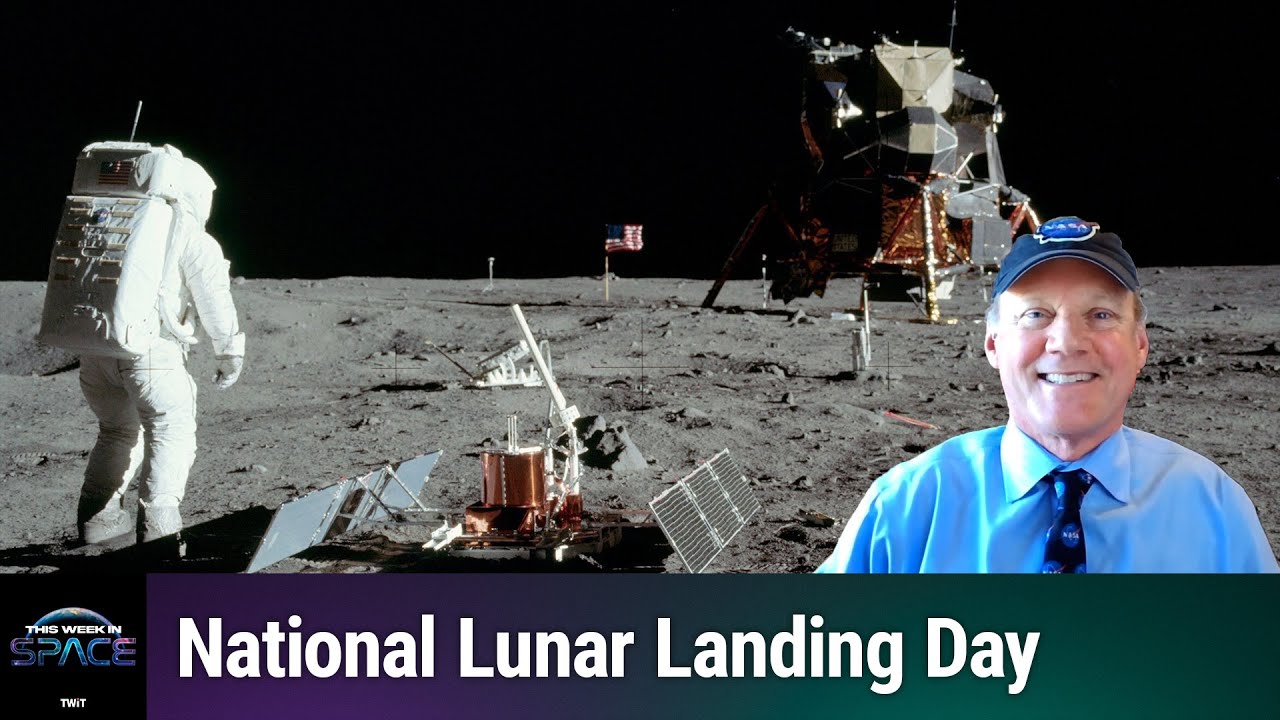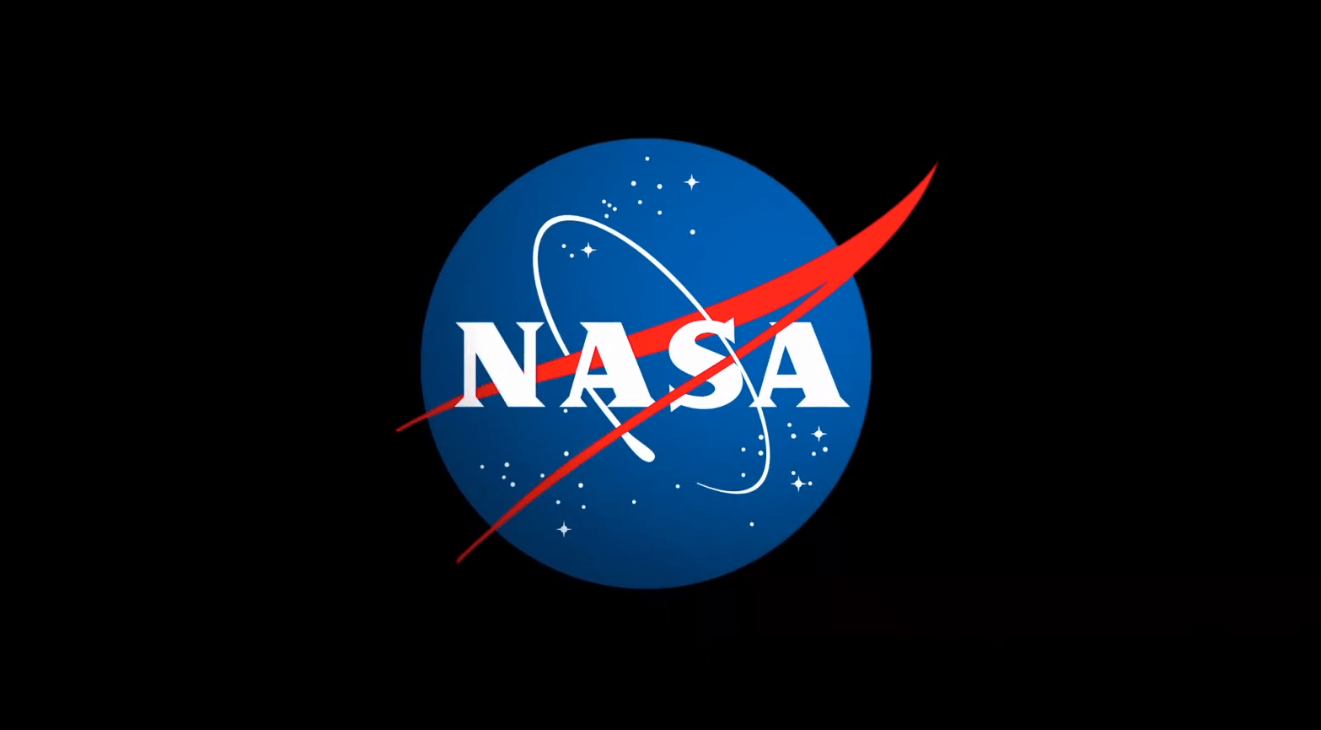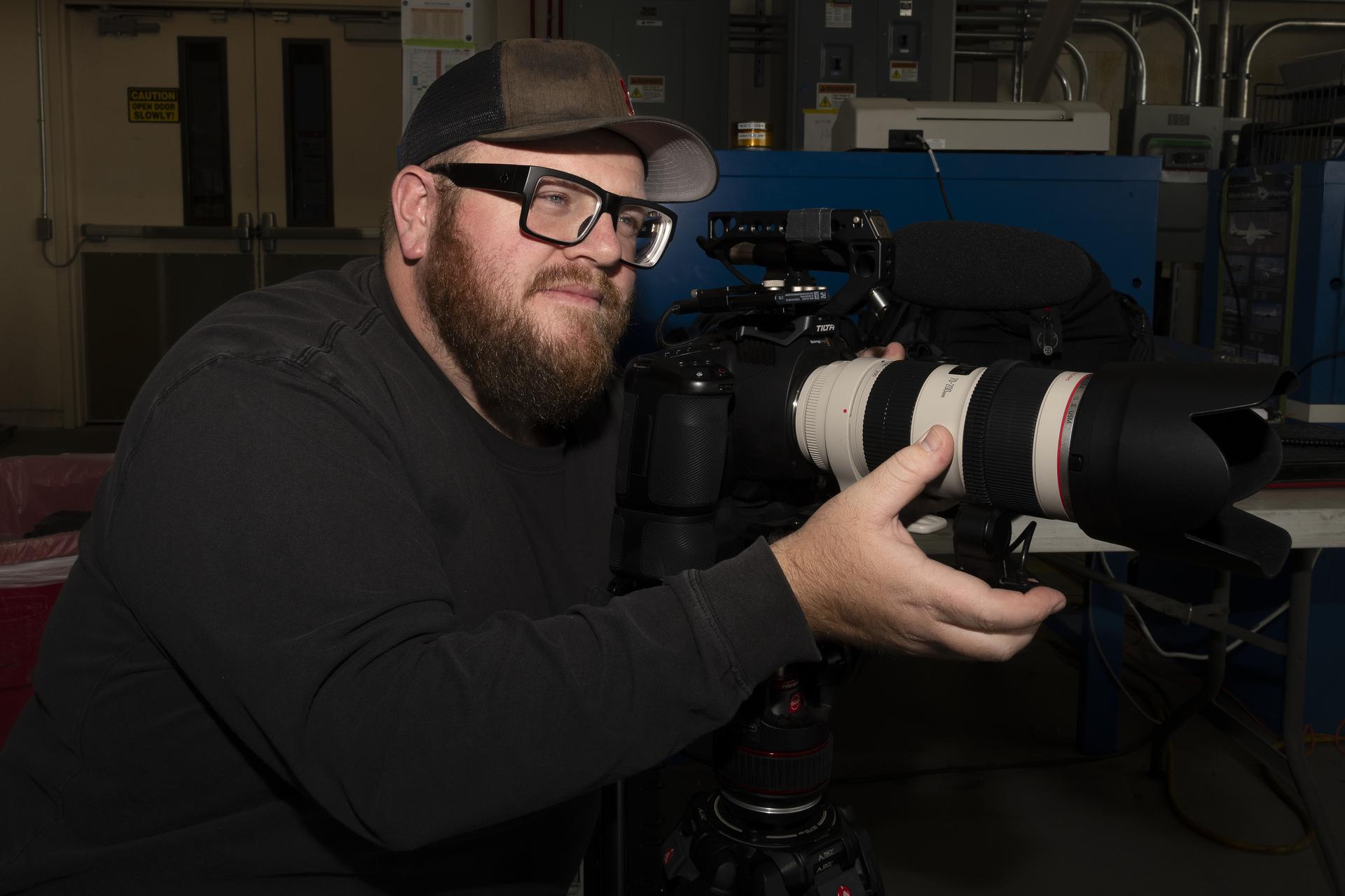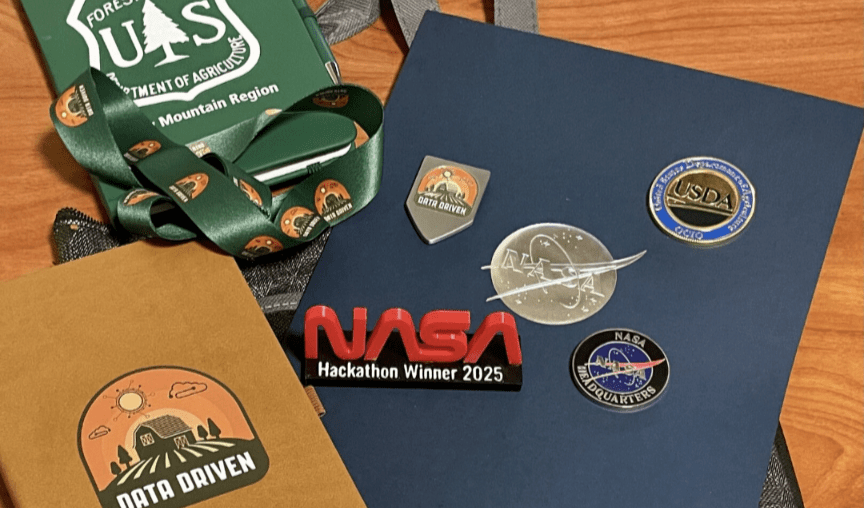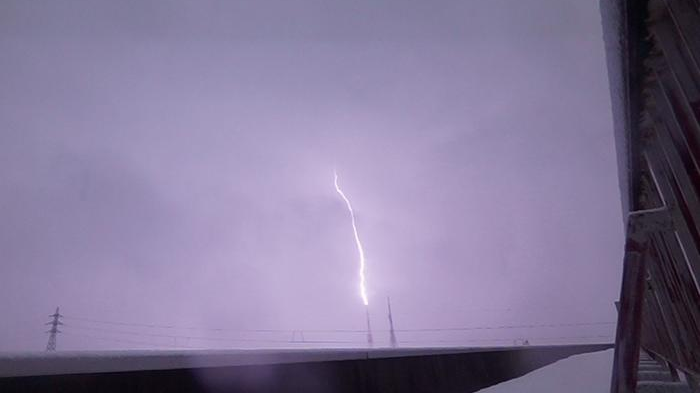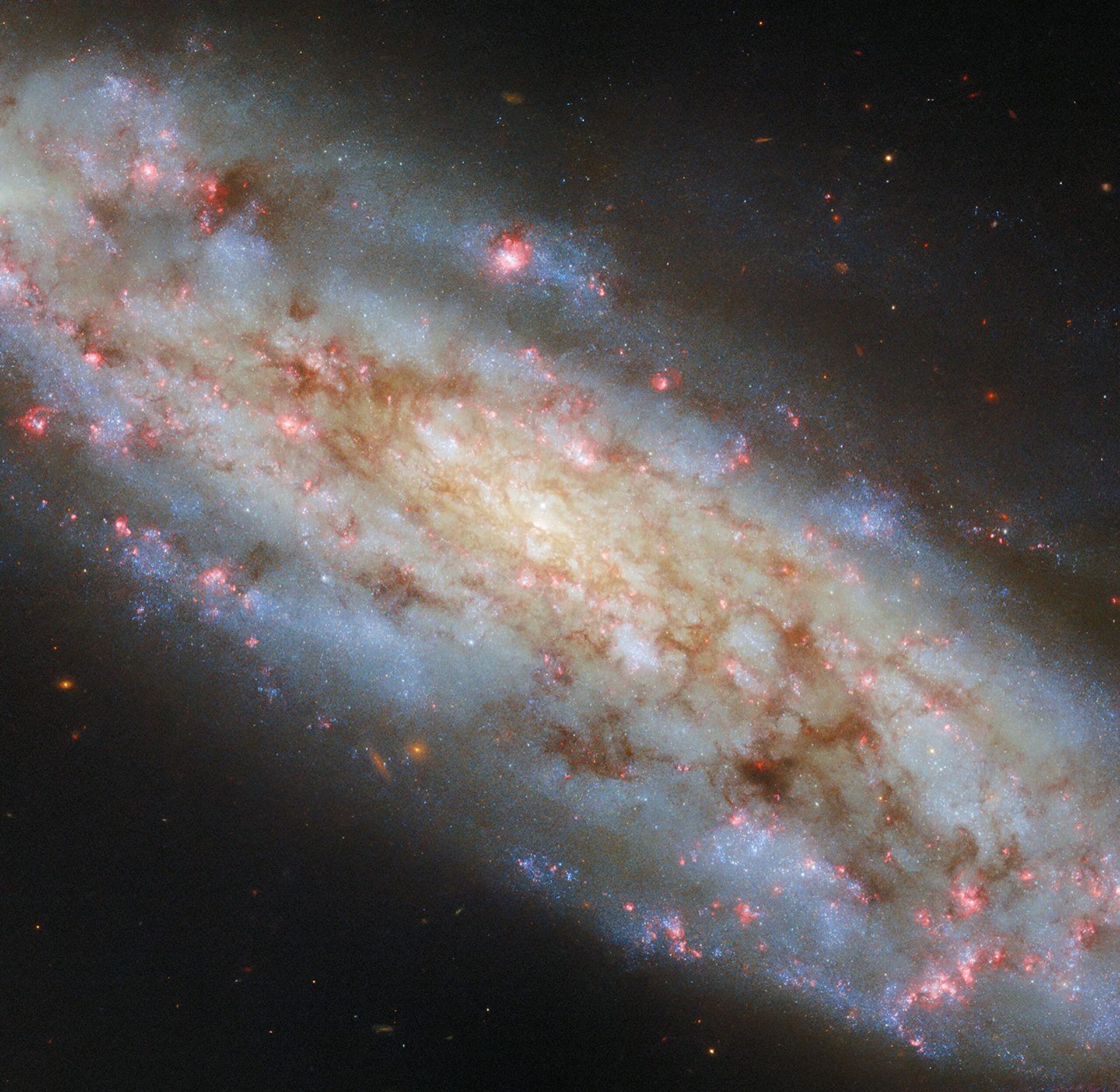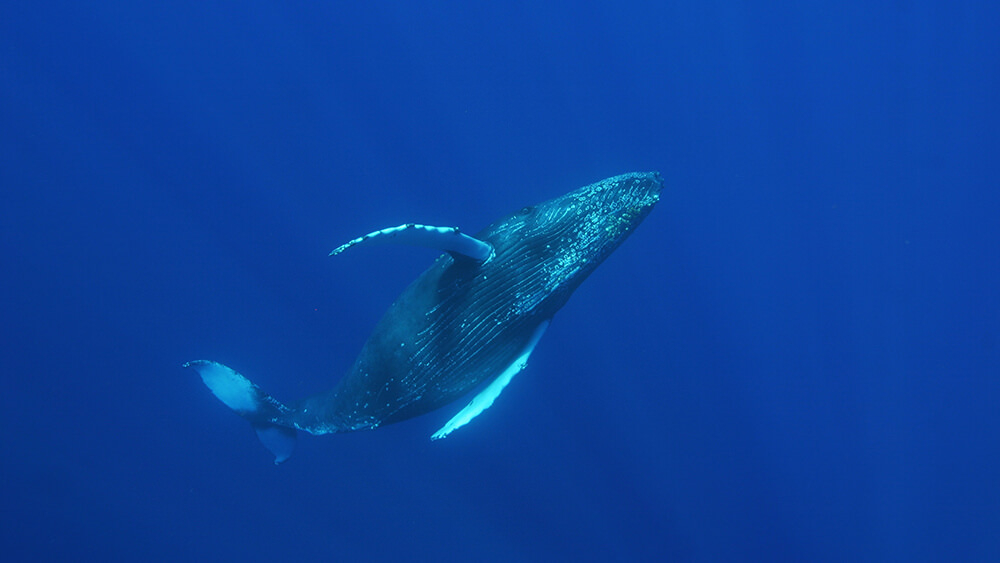Lunar Landing Day – When the Future Arrived – YouTube Watch On On Episode 162 of This Week In Space, Rod Pyle and Tariq Malik discuss the effort to make July 20 a national holiday called “Lunar Landing Day.” If you’re lucky enough to have witnessed the landing of Apollo 11 on July 20, 1969, you know what a momentous occasion that was. If you’re younger than a Boomer, you’ve read and heard about that amazing day, but it might not have the impact it did for those who witnessed…
Read MoreCategory: Nasa
Nasa
YgiTK Northern Galaxy Lights star projector review
Star projectors have become a must-have gadget for a wide range of consumers, captivating everyone from space enthusiasts and movie fans to gamers and party hosts. Users often want to create an immersive environment, to add another dimension to the atmosphere, and these handy little gadgets have given us a means to do this quickly, easily and more affordably than ever before. We’ve reviewed a ton of models, and they all offer different ways to change the vibe of a room. Some just project lasers, some combine lasers and pretty…
Read MoreNASA Awards Project Support Bridge Contract
Credit: NASA NASA has awarded a bridge contract to ASRC Federal System Solutions LLC of Beltsville, Maryland, to provide financial support and project planning and control services to the agency. The Program Analysis and Control Bridge Contract has a total potential value up to $98 million with a 13-month period of performance beginning Saturday, May 24. The contract includes both cost-plus-fixed-fee and indefinite-delivery/indefinite-quantity components. The scope of the work includes business functions such as accounting, scheduling, documentation and configuration management, as well as security compliance. The work will occur at NASA…
Read MoreMoon and Flag at NASA Michoud
NASA/Michael DeMocker Just after sunrise, the waning gibbous moon sets just behind a waving United States flag on March 19, 2025, in this image from NASA’s Michoud Assembly Facility in New Orleans. The waning gibbous moon phase comes after the full moon. As the Moon begins its journey back toward the Sun, the opposite side of the Moon now reflects the Moon’s light. The lighted side appears to shrink, but the Moon’s orbit is simply carrying it out of view from our perspective. The Moon also rises later and later…
Read MoreNASA Videographer Wins Top Award for Capturing Human Side of Science
2 min read Preparations for Next Moonwalk Simulations Underway (and Underwater) NASA/Jacob Shaw Capturing the high-stakes work behind NASA’s Airborne Science Program takes more than just technical skill – it takes vision. At NASA’s Armstrong Flight Research Center in Edwards, California, videographer Jacob Shaw brings that vision to life, documenting missions with a style and storytelling approach all his own. “Armstrong is full of cutting-edge flight research and remarkable people,” Shaw said. “Being able to shape how those stories are told, in my own style, is incredibly rewarding.” Armstrong is…
Read MoreStudent Coders Bring Novel Approaches to NASA Challenge
In collaboration with the United States Department of Agriculture, Amazon Web Services, and Colorado State University, NASA turned to students for AI-driven solutions. NASA On March 28, 80 college students filed into Colorado State University’s (CSU) Nancy Richardson Design Center to receive pizza and a challenge: design an intelligent system capable of traversing rugged terrain to provide aid in emergency scenarios. They had 24 hours to complete this mission. Co-led by CSU, the United States Department of Agriculture (USDA) Forest Service, and NASA, the Spring 2025 CSU Hackathon forged a…
Read MoreWhen lightning bolts collide, do they unleash powerful gamma-ray flashes?
The most powerful explosions in the known universe come from what are known as gamma-ray bursts — though they may not sound particularly exciting, scientists usually speak about these incredible blasts of electromagnetic radiation in the same breath as giant collapsing stars and black holes. We’ve catalogued quite a few of these events since the 1960s, and even used them to help us understand more about galaxy superclusters, but one particular kind of gamma-ray burst has remained somewhat of a mystery. It’s called a terrestrial gamma-ray flash (TGF), and it…
Read MoreHubble Spies a Spiral So Inclined
Explore Hubble Hubble Home Overview About Hubble The History of Hubble Hubble Timeline Why Have a Telescope in Space? Hubble by the Numbers At the Museum FAQs Impact & Benefits Hubble’s Impact & Benefits Science Impacts Cultural Impact Technology Benefits Impact on Human Spaceflight Astro Community Impacts Science Hubble Science Science Themes Science Highlights Science Behind Discoveries Hubble’s Partners in Science Universe Uncovered Explore the Night Sky Observatory Hubble Observatory Hubble Design Mission Operations Missions to Hubble Hubble vs Webb Team Hubble Team Career Aspirations Hubble Astronauts Multimedia Images Videos…
Read MoreBest model rocket sets 2025: NASA, Blue Origin, Estes, National Geographic and more
We can’t all get down to Cape Canaveral, so we’ve rounded up the best model rockets on the market, suitable for all ages and budgets. The best model rockets are small-scale models that you can launch with varying degrees of thrust. You’ll need more than just the rocket itself, usually a launch pad, an engine and a landing system too. It’s also important to have open space when launching, for safety reasons and for a safer landing. Below, you’ll find the best models, replicas and STEM sets on the market…
Read MoreCould deciphering dolphin language help us communicate with ET?
There are creatures here on Earth that may give us clues on getting “chat-time” with extraterrestrial intelligence — dolphins, which are famously social and smart. Recently, the Coller Dolittle Challenge awarded the winner of its first $100,000 annual prize to accelerate progress toward interspecies two-way communication. A prize of equal value will be awarded every year until a team deciphers the secret to interspecies communication. This year’s winning team of researchers has discovered that dolphin whistles could function like words — with mutually understood, context-specific meaning. You may like Crack…
Read More